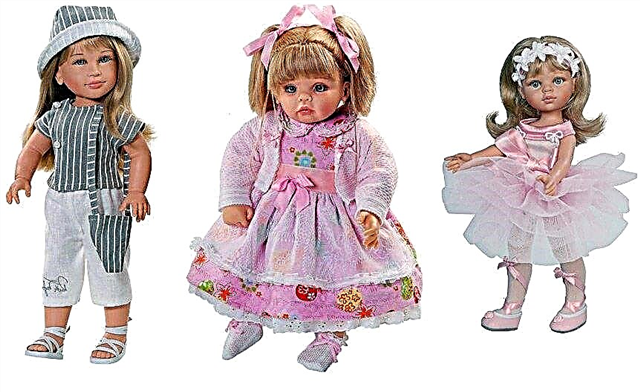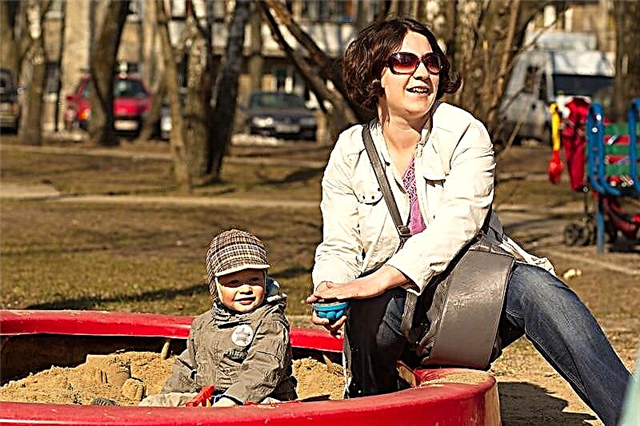
For rhinitis, laryngitis, bronchitis and other diseases of the respiratory system, inhalations are often prescribed, in which the drug enters the respiratory tract using a nebulizer. One of the medicines used for this inhalation therapy is "Hydrocortisone". Not everyone knows whether it is possible to carry out procedures with him for children, in what cases it is necessary and how to properly dilute the medicine.

Composition and form
For procedures, a liquid form of the drug is used, which is an ampoule with a suspension. Although this medication is intended for injection into the joints or muscles, it is often prescribed for inhalation use.

The main ingredient in the solution is hydrocortisone acetate. Its dosage in one ampoule is either 25 mg or 50 mg. For inhalation, a smaller dose is usually used (25 mg / 1 ml), especially if the child is to be manipulated.
Auxiliary components of the medication are sterile water, benzyl alcohol, sodium chloride, povidone, propylene glycol and sorbitol. Each ampoule contains 2 ml of the drug, and one box contains 5 or 10 ampoules.
How does it work?
"Hydrocortisone" is one of the glucocorticoid hormones, so the drug has a pronounced anti-inflammatory effect.
In addition, this drug reduces itching and relieves puffiness. By acting on the foci of inflammation, it prevents the accumulation of blood cells in them, reduces the production of compounds that support the inflammatory response, and also reduces the permeability of the vascular walls. Thanks to these effects, inhalations with "Hydrocortisone" help to eliminate spasm in the throat, barking cough, swelling of the larynx and hoarseness of the voice.

At what age can you do?
Treatment with "Hydrocortisone" in the form of inhalation is prescribed for children over 2 years old. However, the drug can be used at an earlier age (from 3 months) if the doctor sees serious indications for this. You cannot perform the procedure on a child under 3 years old without a pediatrician's appointment.
Indications
Inhalations with "Hydrocortisone" are in demand:
- With laryngitis.
- With laryngotracheitis.
- With false croup.
- With acute bronchitis.
- With bronchial asthma.

The most common indication for this treatment is laryngospasm.
Contraindications
Treatment with "Hydrocortisone" through a nebulizer is not recommended for:
- Renal failure.
- Diabetes mellitus.
- Elevated body temperature.
- Peptic ulcer diseases of the digestive tract.
- Tuberculosis.
- Liver failure.
- Diseases of the cardiovascular system, in which the heartbeat or blood pressure is increased.

Side effects
Due to the presence of benzyl alcohol in the composition, the medicine can cause a severe allergic reaction. If the dosage of the drug is not exceeded, hydrocortisone has no systemic effect.
Instructions for use
Inhalation is often carried out only during an attack, for emergency assistance. The dosage is determined by the doctor individually (based on the nature of the disease and the age of the child). Most often, 1 milliliter of suspension is prescribed for one procedure, which should be diluted with 2-3 milliliters of saline. More accurate proportions should be suggested by the pediatrician.

For inhalation, you need to prepare an ampoule of "Hydrocortisone", saline, nebulizer and syringe. Since the particles of the drug settle to the bottom during storage, the suspension must first be shaken. Further, breaking off the upper part of the ampoule, take 1 ml of the solution with a syringe and pour it into the nebulizer compartment. After that, a saline solution is drawn with a syringe and in the ratio prescribed by the doctor is also added to the nebulizer.
The duration of the procedure is usually 5-10 minutes. A small patient should inhale the medication calmly, since a strong breath can aggravate the spasm.
After inhalation, it is recommended to rinse your mouth and refrain from eating for at least 30 minutes. It is undesirable to do more than two inhalations a day.

Purchase and storage conditions
To purchase "Hydrocortisone" in ampoules, you must first consult with your doctor and get a prescription for such a medicine. The average price of 10 ampoules of the drug is 150 rubles. The suspension should be stored at home at temperatures below +15 degrees, but you should not allow it to freeze. The best place will be the top shelf of the refrigerator, where a small child cannot reach the drug. The shelf life of the medicine is 3 years.

Reviews
Many mothers respond positively to the use of the "Hydrocortisone" suspension for inhalation. They emphasize that the drug acts locally and very quickly relieves swelling, thanks to which the remedy helps with laryngospasm and barking coughs. Although many parents are afraid that this is a hormonal remedy, most mothers say there are no side effects.
Analogs
If you need to replace "Hydrocortisone", the doctor may prescribe inhalation with other drugs that have a similar therapeutic effect:
- Pulmicort. Such a budesonide-based drug is used for croup, asthma and other cases of bronchial obstruction. It is presented as a metered suspension for inhalation and is approved for children over 6 months of age.
- "Budenite Steri-Neb". This medicine also contains budesonide and is available in ampoules for inhalation. For children, a medication is prescribed for bronchial asthma or false croup from the age of six months.
- "Hydrocortisone-Richter". In such a drug, lidocaine is added to the hormone, so the drug is in demand for severe sore throat, which often manifests itself as laryngitis.
- Dexamethasone. For inhalations, a solution for injection is used. Such a drug for laryngospasm can be used at any age.
In addition, non-hormonal drugs can be prescribed - for example, "Atrovent", "Berodual", "Berotek", "Ventolin", "Ambrobene", "Fluimucil" and others. Since they contain different active substances and act on the respiratory tract in different ways, a doctor should prescribe such medications.
Dr. Komarovsky will tell you more about inhalations in the video below.



